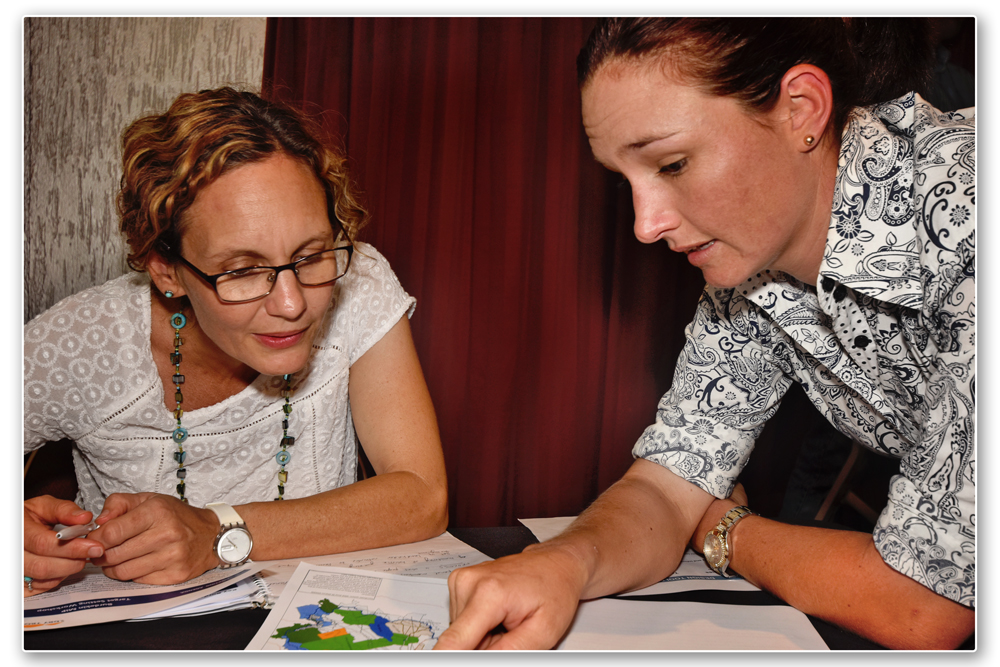Graziers and scientists unite to design land and water quality solutions.
“Working with scientists has been surprising. They are just like us. They want our input and have been putting the water science information into our language, so it’s understandable”.
So says Tom Murphy, one of four graziers sitting alongside scientists and technical experts on a specially-convened panel guiding the design phase of the Landholders Driving Change project.
Together, the panel is helping to design projects to improve land condition and reduce sediment run off from land within the Bowen, Broken and Bogie (BBB) river catchments, in the Bowen/Collinsville area.
NQ Dry Tropics is working with the panel, as well as a consortium of partner organisations, to design a range of projects that will be trialed during a three-year implementation program, beginning in July 2017.
There were plenty of different perspectives and ideas on offer round the table during a panel meeting and target-setting workshop held in Townsville last week.
Panel and consortium members identified a suite of proposed outcomes for the duration of the program, which will determine the activities to be incorporated into the design document.

Water quality scientist Jane Waterhouse (C2O Consulting) and grazier Jessie Gooding (Mt Aberdeen Station)
Outcomes included ensuring on-ground activities are relevant and practical; better understanding which practices work best to repair gully erosion; encouraging widespread grazier involvement in the project, and communicating successful results to the wider community.
Another grazier and panel member Bristow Hughes, of Strathalbyn Station, Bowen, said the outcomes would become a set of practical goals for landholders to work towards.
“It needs to be a model and business case that can be transferred and replicated elsewhere within the BBB and across the state on a broader level,” Mr Hughes said.
“And its credibility will come from a genuine commitment by scientists and landholders to set and deliver priorities.
“As a grazier taking part in the process, I need to clearly demonstrate that land management changes I adopt keep soil on the paddock, which in turn improves the condition of my country and productivity.
“If I can show that, it will instill confidence within the grazing community as well as the broader public, and hopefully governments will be inclined to develop and offer incentives to landholders to foster long-term practice change,” he said.
Project Manager Donna Turner explained that Landholders Driving Change is one of two Queensland Government Major Integrated Projects, in the Burdekin and Wet Tropics regions, that will share $33m over four years.
“Landholders Driving Change supports local graziers to improve land condition and productivity, and repair erosion which affects water quality”, Ms Turner said.
“Unlike traditional government funding programs, this is the first time that graziers have been formally engaged in a process at this scale to help design land and water quality improvement solutions. The graziers on the panel were nominated by their peers as representatives of the community”, she said.
Main photo: Project Panel meeting participants.
